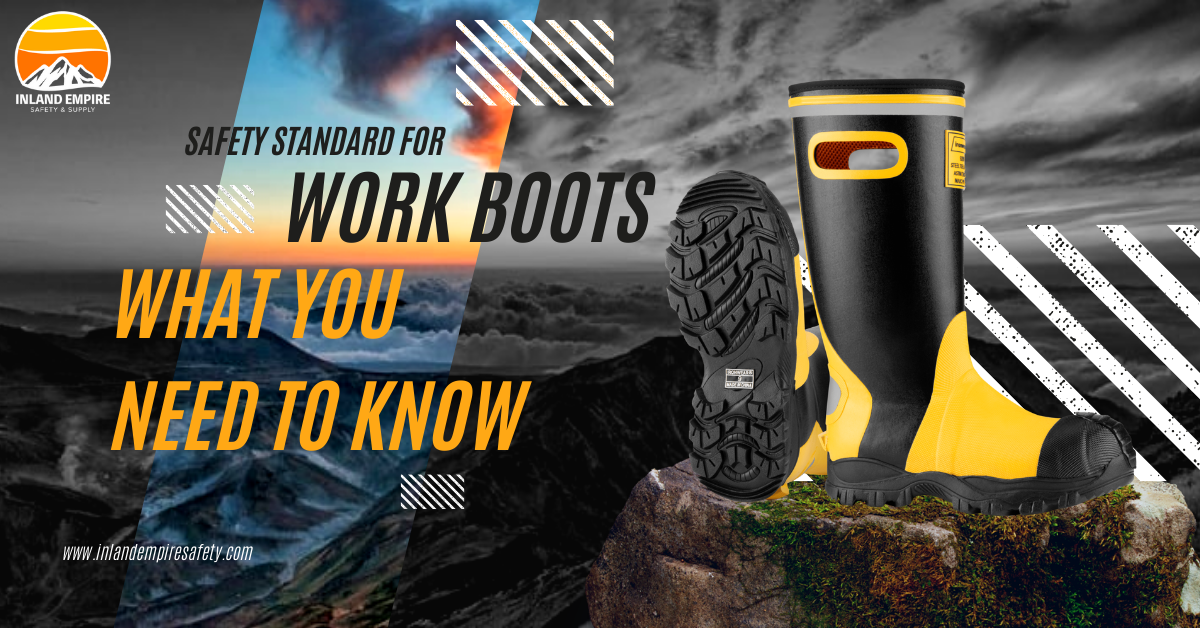
Safety Standards for Work Boots: What You Need to Know
When it comes to workplace safety and comfort, the right pair of work boots is essential. Whether you're working in construction, manufacturing, or any other industry with hazardous conditions, choosing the best work boots can make a significant difference. When it comes to workplace safety and comfort, the right pair of work boots is essential. Whether you're working in construction, manufacturing, or any other industry with hazardous conditions, choosing the best work boots can make a significant difference.
What Material Is Best for Work Boots?
Work boots are made from various materials, each offering unique benefits:
- Neoprene: Known for its flexibility and waterproof properties, neoprene is ideal for wet environments.
- Leather: Leather is durable, breathable, and provides excellent protection against abrasions and punctures. It is also flexible and molds to the foot over time.
- Polyurethane (PU): PU is lightweight, durable, and offers good cushioningmaking it comfortable for prolonged use.
- PVC: PVC boots are waterproof and resistant to chemicals, making them suitable for environments with hazardous substances.
- Nitrile: Nitrile is highly resistant to oils, chemicals, and punctures, making it ideal for industrial settings.
- EVA (Ethylene Vinyl Acetate): EVA is known for its lightweight and shock-absorbing properties, providing great comfort for all-day wear.

Steel Toe Boot vs. Composite Toe vs. Plain Toe
When choosing work boots, it's important to understand the differences between steel toe, composite toe, and plain toe options:
- Steel Toe Boots: Offer maximum protection against heavy impacts and compression. They are ideal for environments where there is a risk of falling objects.
- Composite Toe Boots: Made from materials like carbon fiber, Kevlar, or plastic, these boots are lighter than steel toe boots and offer similar protection. They are also non-metallic, making them suitable for areas with metal detectors.
- Plain Toe Boots: These boots do not have reinforced toes and are best suited for environments where the risk of toe injuries is minimal.
Work Boots Requirements from OSHA
The Occupational Safety and Health Administration (OSHA) sets specific requirements for work boots to ensure safety in the workplace:
- Impact and Compression Resistance: Boots must meet the ASTM F2413 standard for impact and compression protection.
- Electrical Hazard Protection: Boots should provide protection against electrical hazards, suitable for environments with electrical risks.
- Slip Resistance: To prevent slips and falls, boots must have slip-resistant soles.
- Puncture Resistance: Boots used in environments with sharp objects must have puncture-resistant soles.
Where to Buy Work Boots?
For high-quality and reliable work boots, Inland Empire Safety and Supply is your go-to source. We offer a wide selection of work boots that meet OSHA standards and cater to various industries. Visit our Work Boots Collection to explore our range of top-rated work boots, including steel toe, composite toe, and plain toe options.
